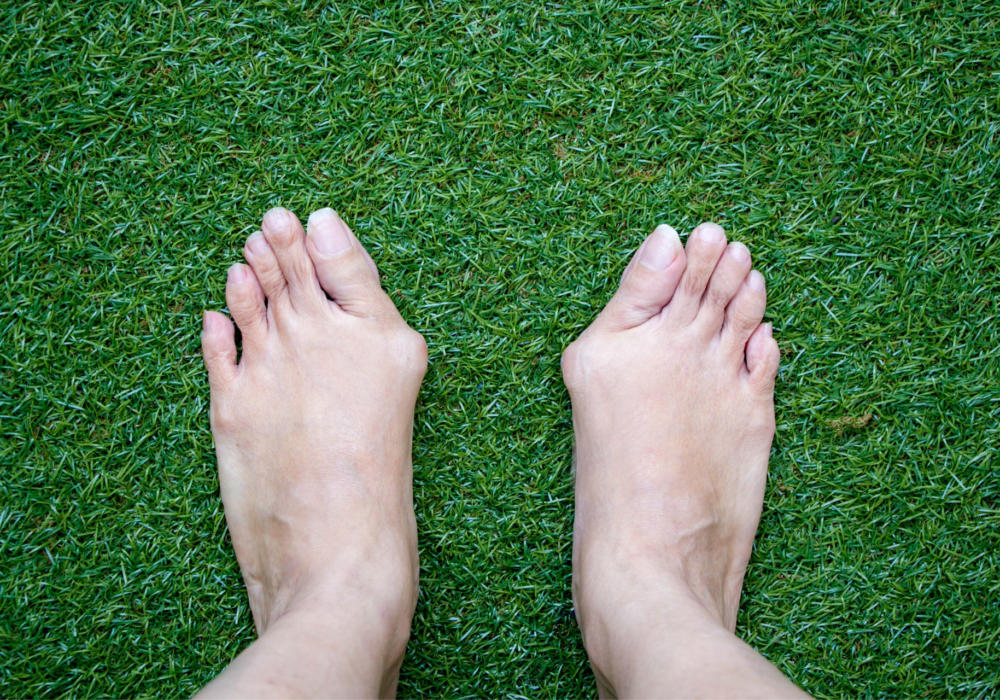Colac Podiatrist, Danny Hegarty, answers ‘how do you treat bunions?’
Bunions can cause a lot of trouble for those that have them, from being painful and limiting a person’s ability to stay active, causing other foot conditions due to the altered way they can make you walk, and just being generally inconvenient for footwear choices.
Firstly, what is a bunion?
A bunion (medically known as Hallux Abducto Varus or HAV for short) is the misalignment of the big toe joint (1st metatarsal-phalangeal joint). There are varying stages of a bunion, which are usually measured as stage 1 through to 4 with 4 being the most severe. Sometimes x-rays are ordered to actually measure the degrees and angles of the joint to gain a clearer picture and help guide advice and management.

They typically present as a bump on the side of the big toe joint. This usually progresses gradually over time and pushes the big toe closer to the second toe and eventually can cause overlapping of toes.
What causes bunions?
The cause of bunions is unclear, in that different people will develop them for different reasons. There are certain risk factors that will influence their development but the research is not unanimous on this.
Some of the main risk factors are;
- Footwear with narrow, triangle shaped toe boxes
- High heeled footwear
- Having hypermobile joints which allow for excess movement of the big toe joint
- Having a pronated foot posture
- Genetics
- Certain gait patterns (i.e. the way you walk)
How do you treat bunions?
Treatment really depends on your individual circumstances and goals of treatment. When giving advice it’s important to take into account whether the bunion/s are currently giving you any limitations to your daily life.
For example, if you’re still performing all of the activities that give you fulfilment without pain and you’re worried about it getting worse then a plan is structured around that. This may include, foot orthoses, footwear advice, exercises and education.
If however, the bunion is limiting your ability to stay active and participate in general day to day activities then advice is structured around managing those painful symptoms and obtaining a surgical opinion.
Will treatment ‘fix’ my bunion?
It depends what you mean by ‘fix’. The only treatment that will cosmetically ‘fix’ or straighten your bunion is surgery. However, if the underlying causes of the bunion aren’t addressed then the bunion may reoccur at a later date. It is therefore very important to understand what your set of risk factors are and address these, preferably prior to surgery.
If ‘fixing’ your bunion means reducing pain and allowing you to participate in your chosen activities then yes, conservative treatment should absolutely help this.
If you’d like further advice about how to best manage your bunion please contact us today to arrange an appointment or book online!
